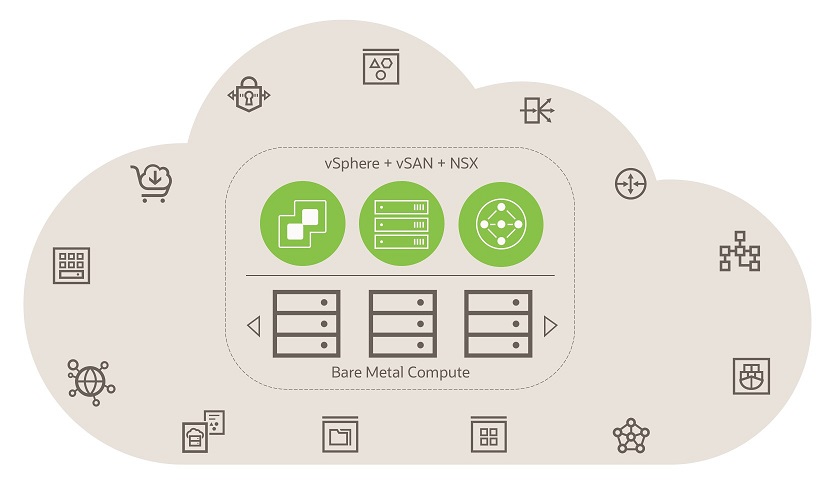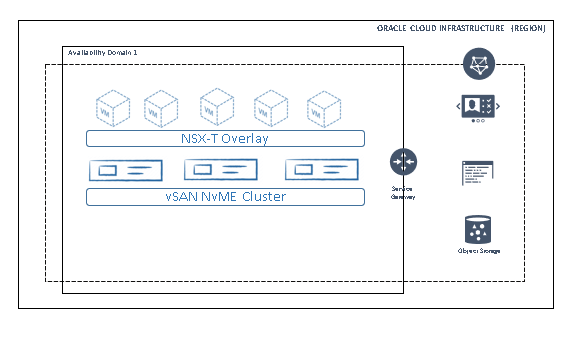If at OpenWorld 2019, it was a quite surprising to hear Larry Ellison announcing OCVS (VMware's solution on OCI), it was no less surprising to know how Oracle had implemented it over their second generation cloud.
Performance is usually one of OCI's strengths and the way their SDN integrates physical elements (Baremetal) into the virtual environment is probably one of the most powerful today. All this generated a great expectations in the sector.
Although I was lucky enough to access the test versions, for most of us, the wait was a bit long ...... and finally it arrived.
Finally, the official announcement by Oracle of OCVS service came In August 2020! and in what way!, with availability in ALL regions, which made OCI from day one the cloud provider with the greatest footprint.
You can watch the announce here.
What is OCVS?
Speaking about the software layer, the VMware solution is basically the same that we can find in the rest of the providers. There is not much room for innovation here, since it is VMware who decides which components are part of its Cloud Foundation suite.

The most interesting thing to know about the service is we can use vSphere + vSAN + NSX-T + HCX.
How big is OCVS minimum deployment?
The minimum deployment is a cluster with 3 BareMetal nodes. Each of this nodes add the following capacity:
- 156 cores per Baremetal
- 2304 GB RAM
- 153 TB RAW NvME Storage
- 2x 25Gpbs network interfaces in each BareMetal
from this point, we can add/remove nodes with total flexibility.
How is it different from the options available in other providers (AWS, GCP, Azure .....?
Beyond small details, the main difference has to do with how Oracle delivers the service to us. Until now, vendor X deployed the service and provided customers with a VMware farm with limited management capacity, that is, the customer was never the full administrator of their farm and had limited autonomy in terms of what could be done.
This is, because these providers offer a managed service (sometimes in the hands of a third party) that imposes a series of restrictions and implications at the security level. The restrictions that are set on the user are the result of adding the limitations of the platform (cloud provider that supports it), with the considerations of provision of the providers and in terms of security, it implies that we have a second (cloud provider ) and in some cases a third party (to whom the cloud provider contracts the service), who eventually have the capacity to see / act on the client's workloads.
The simplest way to explain how OCI delivers the OCVS service is by saying that you will have the same user experience that we should on the premises, installing on your own servers. Once the deployment is finished (automatic of course), OCI will give you a cluster of (at least) 3 Baremetal servers with full administration (you will be given an account) and you will not have any other type of restriction, other than those that we could have running VMware on our own servers.
There are no third parties, there are no limitations (other than those of the VMware solution itself), and all seamlessly integrated with OCI's native services.
Particularly interesting is the possibility of being able to connect our VMs (on OCVS) to the Oracle database PaaS (RAC, Autonomous Databases, etc.).
What about NSX-T?
NSX-T offers an overlay layer to the virtual machines that will be hosted on your platform, allowing them to connect with the outside and with the different OCI resources, also with your On Premise locations.
